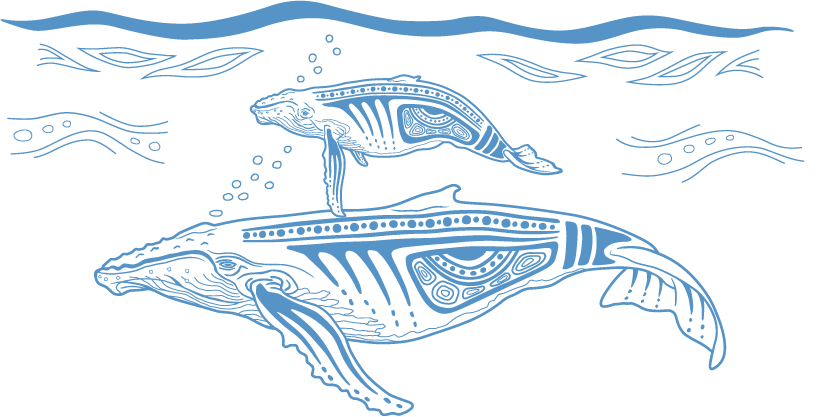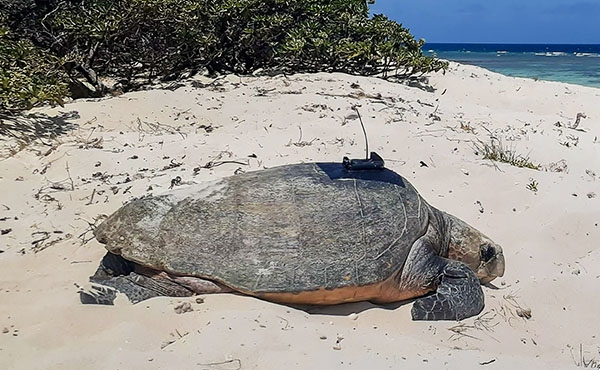Urban coast dugongs are those found along the coast of Queensland, between Cooktown and the southern Region. Dugongs are seagrass community specialists and are generally sighted in the vicinity of seagrass meadows.2123 Urban dugong populations belong to two distinct breeding units, separated by a genetic break in the Whitsunday Islands region. It is not known if individuals of these populations cross between these two genetic units 518 but movement has been inferred from aerial surveys.519
Direct human impacts that kill adult animals are dugongs’ greatest threat.141,1904 These include incidental entanglement in fishing gear, vessel strike and illegal and legal harvest. The impact of legal harvest and illegal poaching on dugong populations remains a knowledge gap. Extreme weather events, such as prolonged or heavy rain, floods, marine heat waves, algal blooms and cyclones can indirectly affect dugong populations by reducing food availability, which in turn can increase adult mortality, reduce fecundity, delay breeding and lead to changes in dugong movement habits.2124
Dugongs feed mainly on seagrasses,2123 making them susceptible to indirect impacts that affect the extent and community composition of their seagrass habitat. The frequency of extreme weather events is increasing over time due to climate change. Loss of seagrass can exacerbate the anthropogenic pressures directly affecting dugongs.2125
Management
Dugongs are listed as Vulnerable in the IUCN Red List.1354 They are recognised in the Statement of Outstanding Universal Value for the Great Barrier Reef World Heritage Area, as are seagrass meadows, which are primary feeding grounds for dugongs. Dugongs are designated a matter of national environmental significance as a migratory and a protected marine species under the EPBC Act.
The Action Plan for Australian Mammals 2012 has a list of information needs for dugongs.2126 Local-scale information is collected by Indigenous rangers and the Queensland Parks and Wildlife Service in the marine wildlife strandings database, StrandNet, which records numbers of stranded and injured animals through time. The Queensland Department of Agriculture and Fisheries collects data on interactions between dugongs and fishing equipment via inspection of commercial logbooks and data on incidental interactions with the Queensland Shark Control Program (Section 5.4.3). Information on bycatch, hunting and poaching is still lacking.
Further initiatives to reduce direct threats to dugongs include fishery-wide cameras being installed on boats for validation of data and scrutiny of current practices. Additionally, new and continuing agreements with Traditional Owners support sustainable traditional use, research and monitoring of the Region’s dugong populations.2127
Despite the collective effort to monitor dugong populations in the Region, there is considerable uncertainty in spatial estimates of populations,520 primarily due to poor detectability by aerial surveys of dugongs in deep water and under different environmental conditions. Dugong abundance estimates in Australia were recalculated in 2019 using improved methods.2128 2129,2130 Using drones provides the potential to conduct repeated surveys and collect long-term information at local scales.1904,2131 There may be increasing opportunities for involvement of First Nations rangers on vessel-based surveys. Monitoring changes in the density of dugong feeding trails can also inform population trend estimates.2128


